Cover Letter Tips for Fresh Grads
As a fresh graduate, the job market can seem daunting. Your resume is a crucial tool, but it’s often your cover letter that truly makes a difference. A well-crafted cover letter provides a platform to showcase your personality, enthusiasm, and the unique value you bring to the table. This guide provides essential cover letter tips to help you create a compelling document and stand out from other candidates. This comprehensive guide provides insights to craft a cover letter that not only gets you noticed but also increases your chances of securing that coveted interview. Understanding the purpose, components, formatting, and common pitfalls of a cover letter will significantly improve your job application strategy.
Understanding the Purpose of a Cover Letter
Why a Cover Letter is Essential
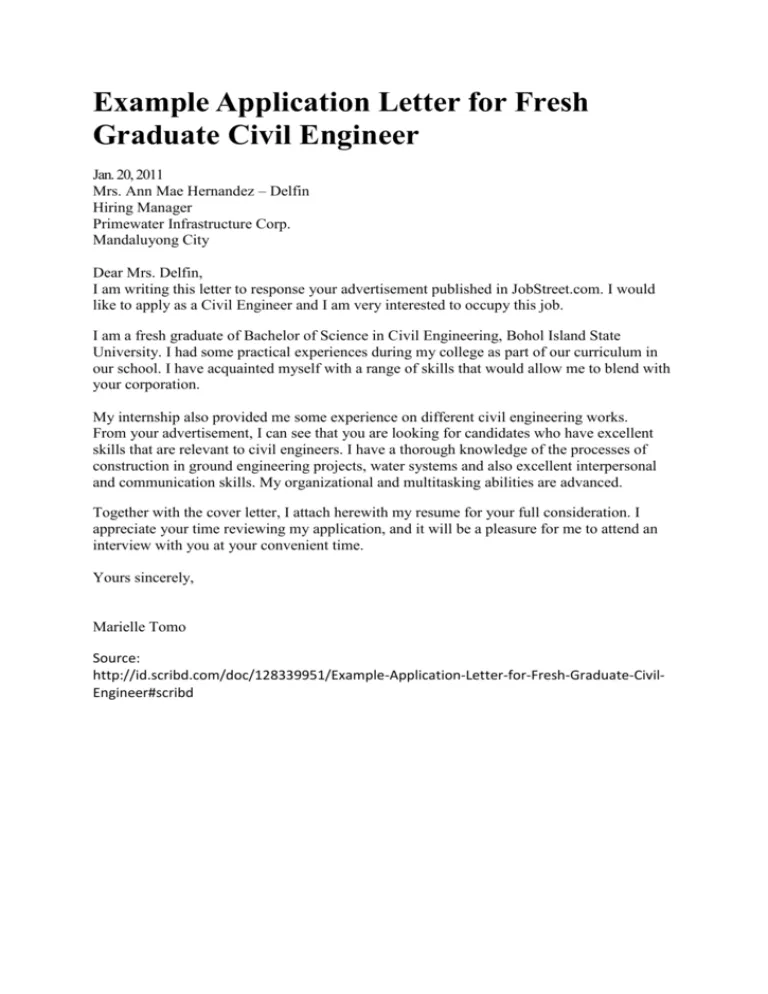
A cover letter serves several critical functions. It acts as your personal introduction, giving the hiring manager a glimpse into your personality and communication style. More importantly, it allows you to elaborate on your resume, providing context to your skills and experiences. The cover letter is your opportunity to explain why you’re the perfect fit for the role and company. It highlights how your skills align with the job requirements and demonstrates your enthusiasm. In a crowded job market, a strong cover letter helps you differentiate yourself from other candidates.
How a Cover Letter Complements Your Resume
Your resume is a summary of your skills and experiences, while your cover letter is where you tell the story behind them. It complements your resume by providing additional details, explaining gaps, and highlighting specific achievements. For example, while your resume might list ‘Project Management,’ your cover letter can describe a project where you successfully led a team to completion and the positive outcome. The cover letter allows you to connect the dots for the hiring manager, illustrating how your experiences translate into value for the company. Consider your resume the ‘what’ and your cover letter the ‘how’ and ‘why’.
Key Components of a Cover Letter
Your Header Information
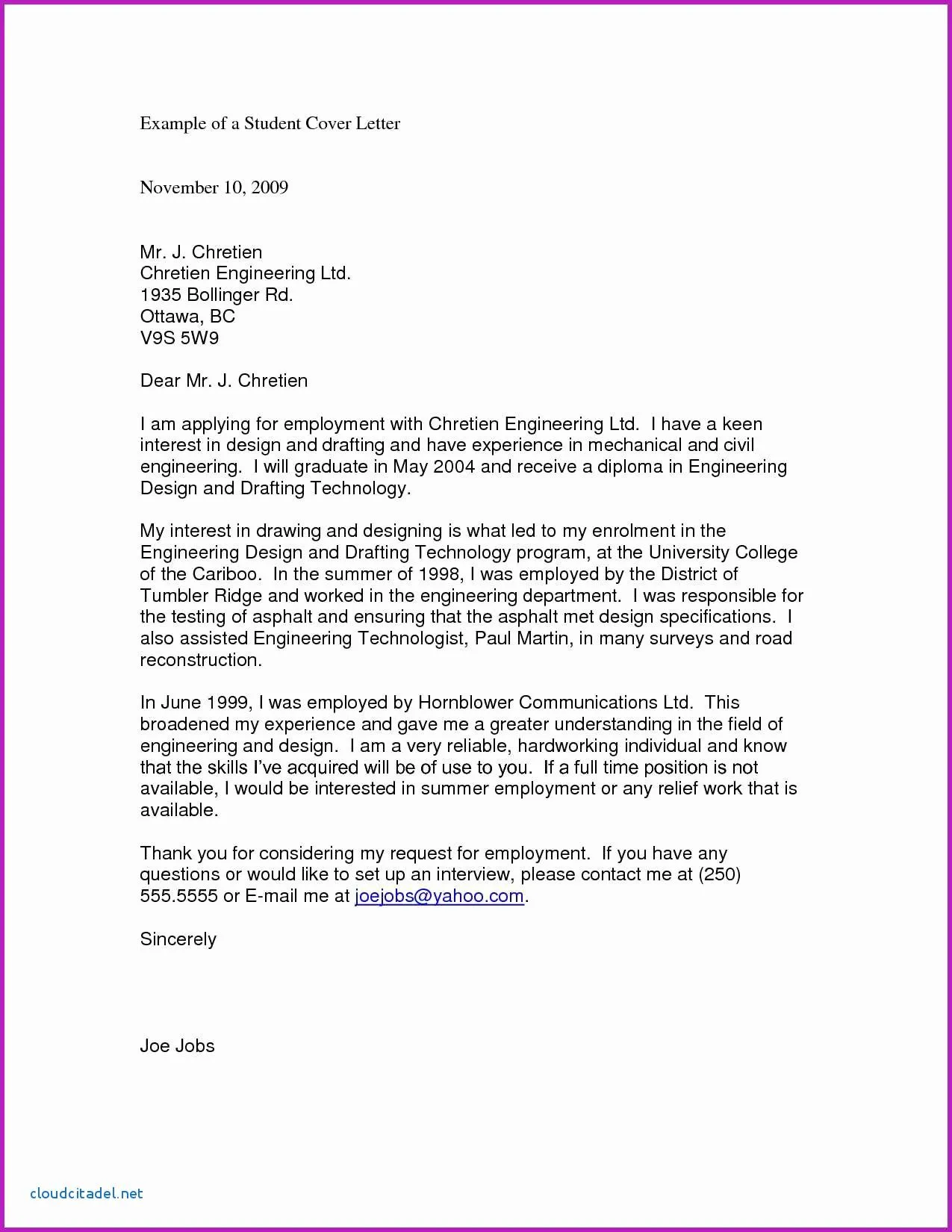
Your header is the first thing the hiring manager sees. It should include your full name, address, phone number, and email address. Ensure your email address is professional; avoid nicknames or casual usernames. Include the date and the recipient’s contact information (name, title, company, address). This section sets a professional tone from the outset. Accuracy is key; double-check all details to avoid errors that can make you appear careless. A well-formatted header indicates attention to detail and respect for the recipient.
The Recipient’s Details
Research the hiring manager’s name and title whenever possible. Addressing the letter to a specific person shows initiative and personalizes your application. If you can’t find a name, use a professional title such as ‘Hiring Manager’ or ‘Recruiting Team.’ Avoid generic greetings like ‘To Whom It May Concern.’ A personalized greeting immediately captures attention and demonstrates your commitment. This step can make your application stand out from the crowd and show you’ve done your homework.
A Compelling Opening Paragraph
Your opening paragraph is your first chance to grab the reader’s attention. Start with a strong statement of interest, mentioning the specific position you are applying for and where you saw the job posting. Briefly explain why you’re interested in the role and the company. Highlight one or two key skills or experiences that make you a good fit. Keep it concise and enthusiastic. Your opening paragraph should make the hiring manager want to read more. State your enthusiasm to work for them and why you want to work there.
Highlighting Relevant Skills and Experiences
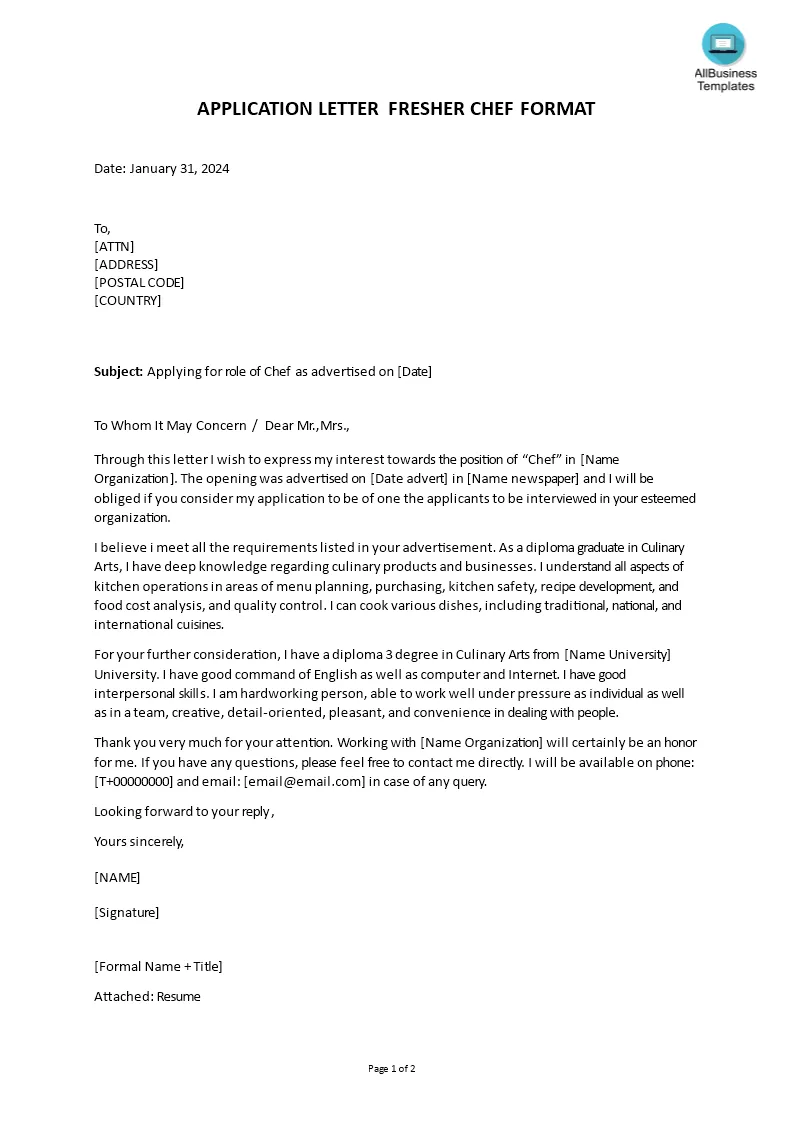
The body of your cover letter is where you demonstrate your qualifications. Select 2-3 key skills or experiences that align with the job description. Provide specific examples of how you’ve used these skills in the past, using the STAR method (Situation, Task, Action, Result) to structure your responses. For instance, describe the situation, the task you were assigned, the actions you took, and the positive result you achieved. Quantify your achievements whenever possible to provide concrete evidence of your impact. Focus on the most relevant experiences to show how you can contribute to the company.
Quantifying Achievements and Results
Use numbers and data to illustrate your accomplishments. Instead of saying ‘Improved customer service,’ say ‘Improved customer satisfaction scores by 15%.’ Quantifying your achievements adds credibility and makes your impact more tangible. Use metrics like percentages, dollar amounts, or specific outcomes to demonstrate the value you brought to previous roles. This data helps the hiring manager understand your potential contributions to their team. Numbers tell a story, so make sure to use them in your letter.
Tailoring Your Letter to the Job Description
Customize your cover letter for each job application. Carefully read the job description and identify the key skills and qualifications the employer seeks. Then, align your experiences and skills with those requirements. Use keywords from the job description throughout your letter, but avoid simply repeating the description word-for-word. Show how your skills match the company’s needs. Explain how you can use your skills to contribute to the company’s success and describe how your skills meet the job descriptions.
Expressing Enthusiasm and Interest
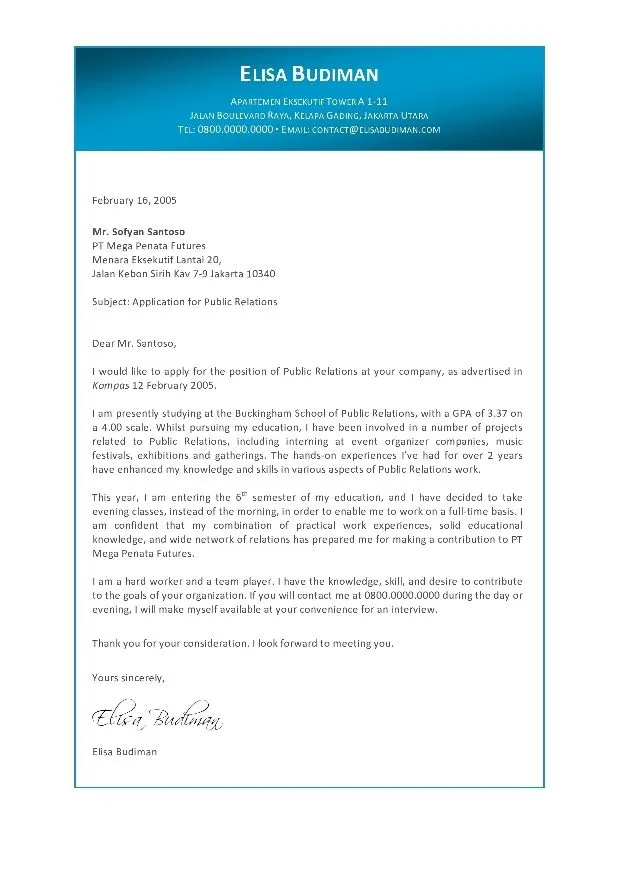
Convey your genuine interest in the company and the role. Research the company’s mission, values, and recent activities. Mention something specific that excites you about the opportunity or why you’re drawn to their work. Let the hiring manager know why you’re excited about the position and how your career goals align with the company’s vision. This shows you’re not just looking for any job but are genuinely interested in their company. Your enthusiasm makes your application more memorable.
A Strong Closing
End with a clear call to action. Thank the hiring manager for their time and consideration. Reiterate your interest in the position and your enthusiasm for the opportunity. State your availability for an interview and how you can be reached. Use a professional closing, such as ‘Sincerely’ or ‘Best regards,’ followed by your full name. Ensure you proofread the letter one last time before submitting it to ensure everything is perfect. A concise and professional closing leaves a positive lasting impression.
Formatting and Style Guidelines
Choosing the Right Font and Font Size
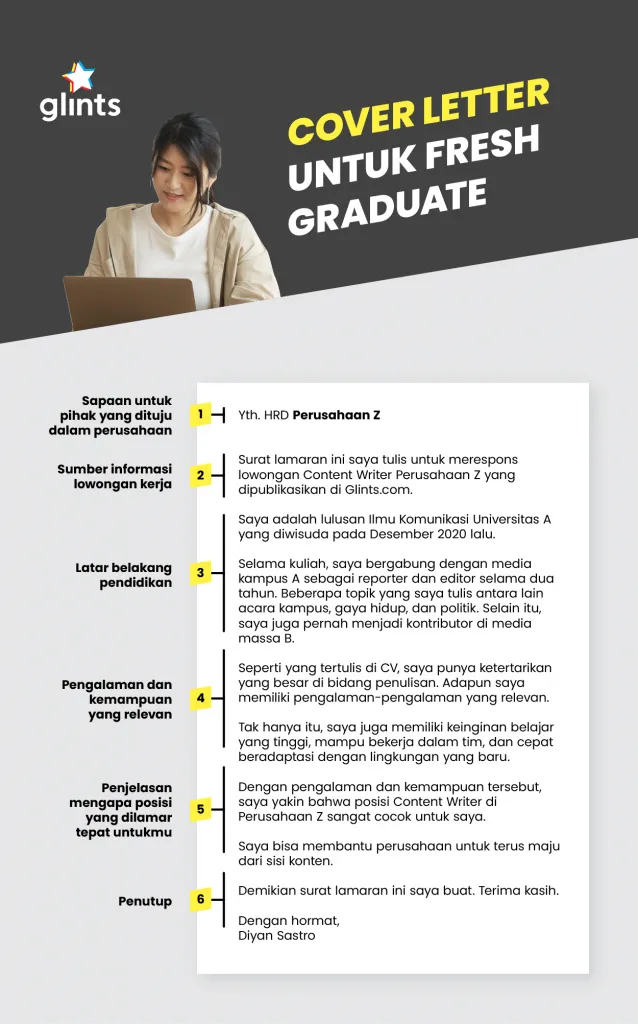
Select a professional and easy-to-read font, such as Times New Roman, Arial, or Calibri. Stick to a standard font size (10-12 points) for body text. Avoid using overly decorative fonts or unusual sizes, which can distract the reader. Consistency in font and size throughout the document is important for a clean and professional appearance. The goal is to make the letter easy to read, so choose a font that’s clear and simple to ensure your message is effectively conveyed.
Formatting for Readability
Use clear formatting to improve readability. Use single-spacing within paragraphs and double-spacing between paragraphs. Use left alignment, avoiding justification. Use bullet points to list information, such as skills or accomplishments. Break up large blocks of text into shorter paragraphs to make the letter more visually appealing. A well-formatted cover letter is easier to read and makes a better first impression. These formatting choices make your letter inviting and easier for the hiring manager to review.
Proofreading and Editing for Errors
Proofread your cover letter carefully for any errors in grammar, spelling, and punctuation. Check for typos and ensure your sentences are clear and concise. Have a friend or family member review your letter for a fresh perspective. Errors can undermine your credibility and make you appear careless. Take the time to edit and proofread before submitting your application. Proofreading is essential; it demonstrates your attention to detail, which is critical for any professional role.
Common Mistakes to Avoid
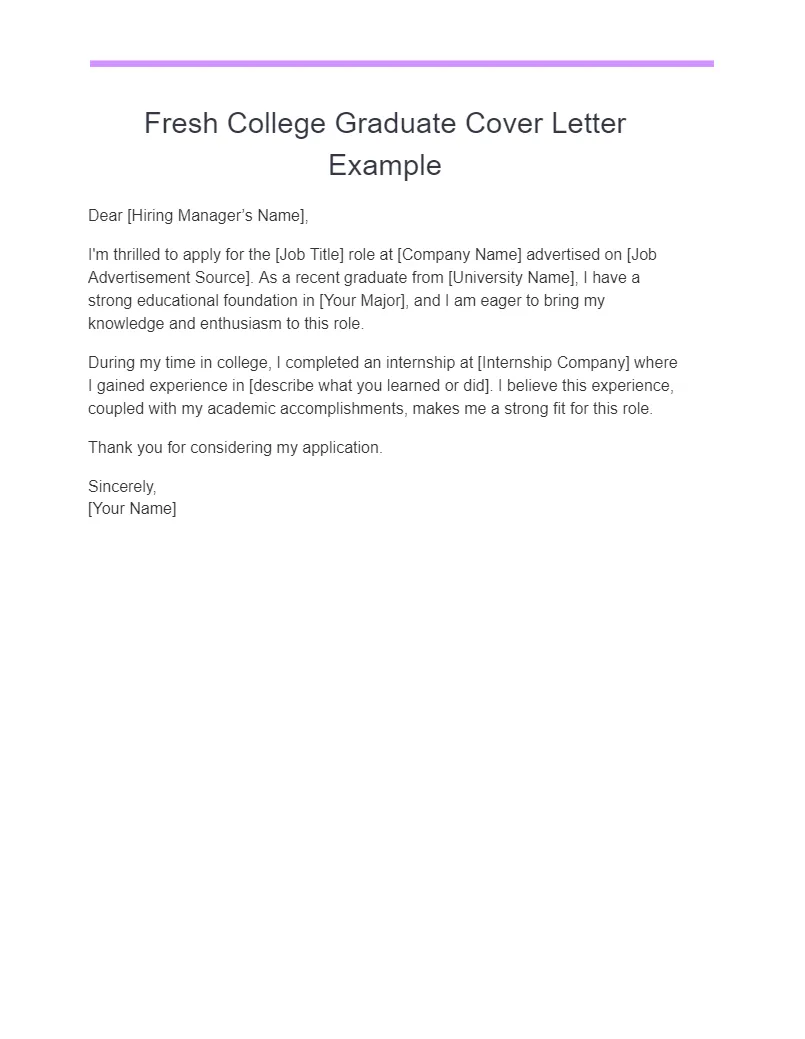
Generic or Uninspired Content
Avoid using a generic cover letter template that doesn’t specifically address the job or the company. Customize each letter to match the specific requirements and values. Generic letters show a lack of effort and may not capture the reader’s interest. Tailor your letter to showcase your unique skills and personality, which shows you took the time and effort to make the application special. Customization is key to demonstrating your sincere interest in the role and the company.
Typos and Grammatical Errors
Carelessly written cover letters can quickly get your application tossed out. Always proofread your letter multiple times for any spelling mistakes, grammatical errors, and punctuation issues. Poor writing makes a bad impression, suggesting a lack of attention to detail. Always double-check your cover letter before submitting it. Proofread thoroughly; these errors can make you seem unprofessional and undermine your application.
Focusing Solely on Yourself
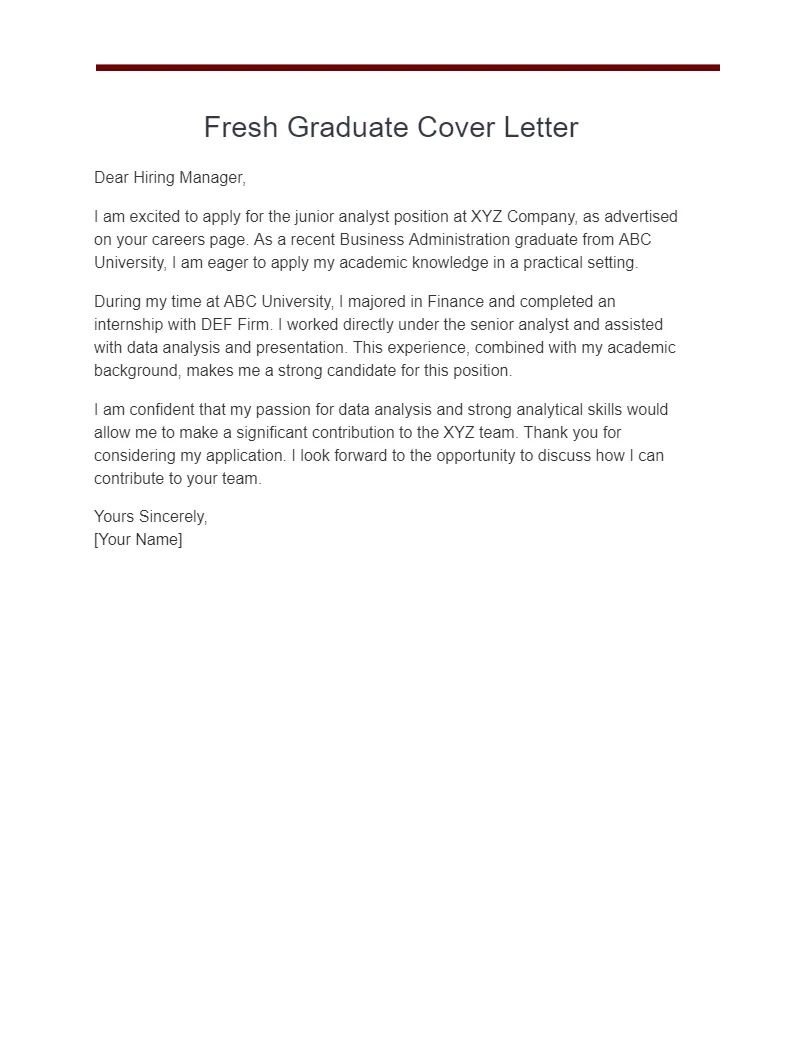
While you need to highlight your skills, focus on the benefits you can bring to the company. Don’t make your cover letter all about your needs; instead, explain how your skills and experiences can help the company achieve its goals. Show that you understand the company’s needs and how you can contribute to their success. Demonstrate your value to the organization. Frame your accomplishments in terms of what you can do for the company.
Failing to Tailor the Letter
Avoid sending the same cover letter to multiple companies. Each job application requires a unique approach. Tailor your letter to the specific job description, company culture, and the hiring manager. Show that you’ve researched the company and understand their requirements. Customization is essential for demonstrating your genuine interest and commitment. Personalize each letter to significantly increase your chances of getting noticed and moving to the interview stage. The more you tailor, the better.
Seeking Feedback
Before submitting your cover letter, ask for feedback from career advisors, professors, or trusted friends and family members. Fresh perspectives can help you identify any weaknesses and areas for improvement. They can provide valuable insights on clarity, content, and overall presentation. Use feedback to refine your letter. A second pair of eyes can catch errors you might have missed and help you improve your chances of success. Seeking advice from others is beneficial.
